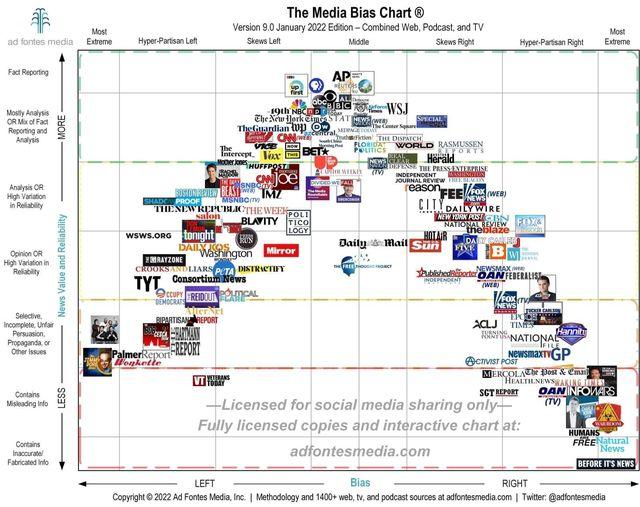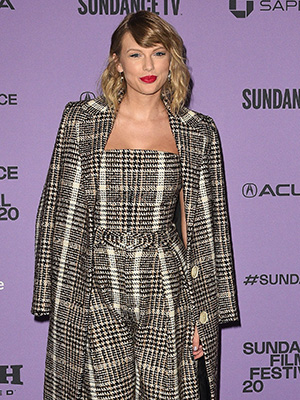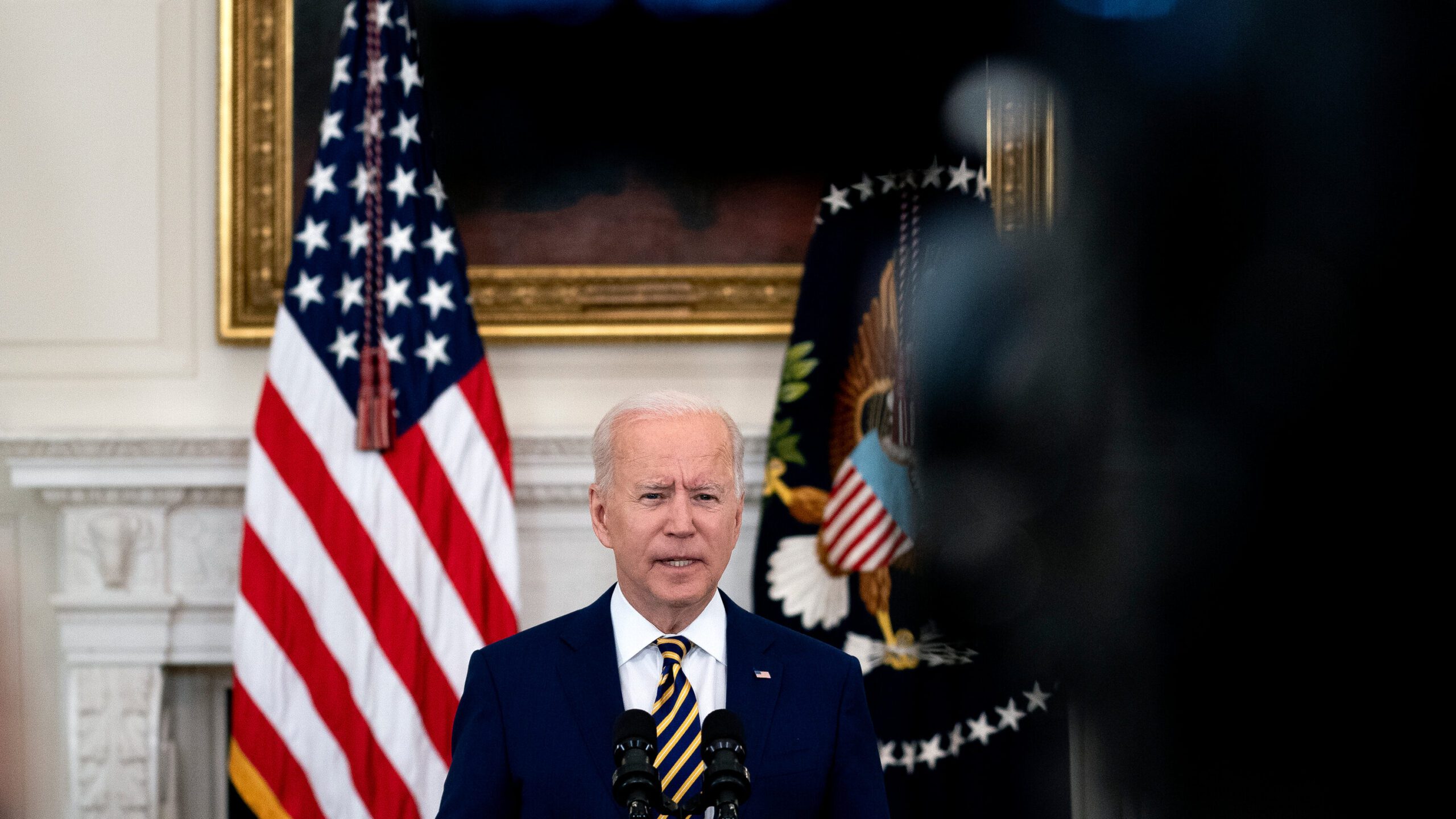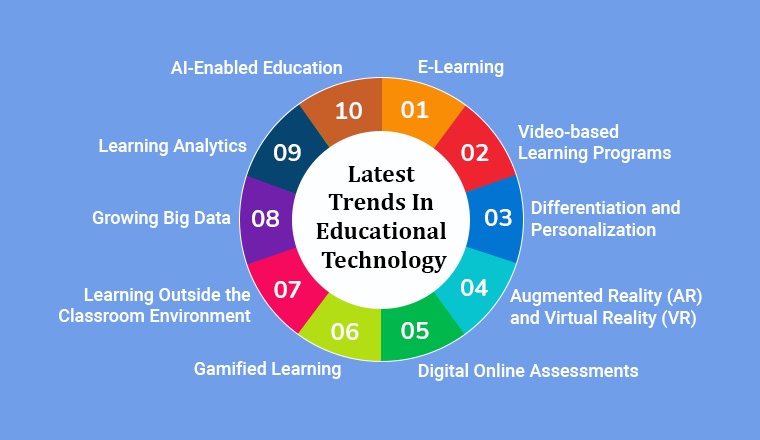Unmasking the Hidden Bias in Media – A Critical Examination
In today’s digital age, media plays a crucial role in shaping public opinion and influencing societal norms. However, it is essential to be aware of the hidden bias that can often permeate through news outlets, social media, and other forms of media. This blog post aims to shed light on this issue by providing a critical examination of media bias and offering valuable insights into identifying and understanding it.
1. Recognizing Media Bias:
Media bias can manifest in various forms, such as political, corporate, sensationalistic, or cultural bias. By understanding the different types, readers can develop a critical eye and be better equipped to identify biased reporting in their daily media consumption.
2. Evaluating Sources:
One way to combat bias in media is by evaluating the credibility of the sources from which information is obtained. Consider reputable news outlets known for their balanced reporting and fact-checking processes. Verifying the information from multiple sources can also help ensure a more comprehensive view.
3. Distinguishing Fact from Opinion:
Journalistic integrity hinges on differentiating between factual reporting and opinion pieces. When consuming news, it is crucial to distinguish between objective information and subjective viewpoints. Fact-based reporting relies on evidence and reliable sources, while opinion pieces express personal perspectives.
4. Identifying Language and Framing:
Media bias can be subtle, often presented through the choice of language and framing of news stories. Pay attention to loaded or emotionally charged language, as it may sway readers’ perception of events. Assess how a story is presented, including the selection of images and headlines that may influence the reader’s interpretation.
5. Seeking Diverse Perspectives:
To gain a more comprehensive understanding of a news topic, it is essential to seek diverse perspectives. Engaging with alternative viewpoints and sources that offer different opinions can help counter any inherent biases present in mainstream media.
6. Enhancing Media Literacy:
Improving media literacy skills empowers individuals to critically analyze information and navigate media landscapes effectively. Schools, organizations, and individuals can prioritize media literacy education to equip people with the tools needed to identify and combat bias in media.
7. Leveraging Independent Fact-Checking:
Fact-checking organizations and websites play a vital role in promoting accuracy in media. Utilize credible fact-checking resources to corroborate information and uncover any potential biases or inaccuracies.
8. Promoting Media Pluralism:
Supporting diverse and independent media outlets encourages a broader range of perspectives and reduces the risk of bias. By actively seeking out and supporting minority-owned or community-based media organizations, you contribute to a more inclusive media landscape.
9. Engaging in Constructive Dialogue:
Engaging in respectful conversations and debates with others can foster critical thinking and promote a more nuanced understanding of media bias. By discussing different viewpoints, we can challenge our own biases and learn from one another.
In conclusion, unmasking the hidden bias in media is a crucial step towards becoming a discerning consumer of information. By recognizing media bias, evaluating sources, distinguishing fact from opinion, and seeking diverse perspectives, individuals can actively participate in shaping a more informed and unbiased media landscape. Improving media literacy skills, leveraging fact-checking resources, supporting independent media, and engaging in constructive dialogue all contribute to building a healthier media environment for everyone.











